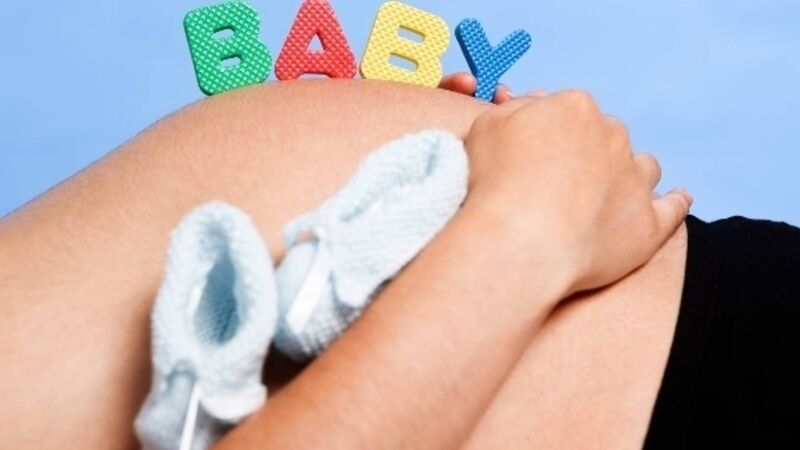Cost of claims for maternity-related incidents soars by 80%

The most common maternity claims were perineal tear, a baby’s shoulder becoming trapped during birth (shoulder dystocia), stillbirth, unexpected neo-natal death, cerebral irritability/ neonatal seizure, and ‘other’.
According to a report by the State Claims Agency, analysing clinical incidents and claims in maternity and gynaecology services, the expenditure on cerebral palsy claims was also found to have increased by 77% from €27m to €47m between 2010 and 2014.












